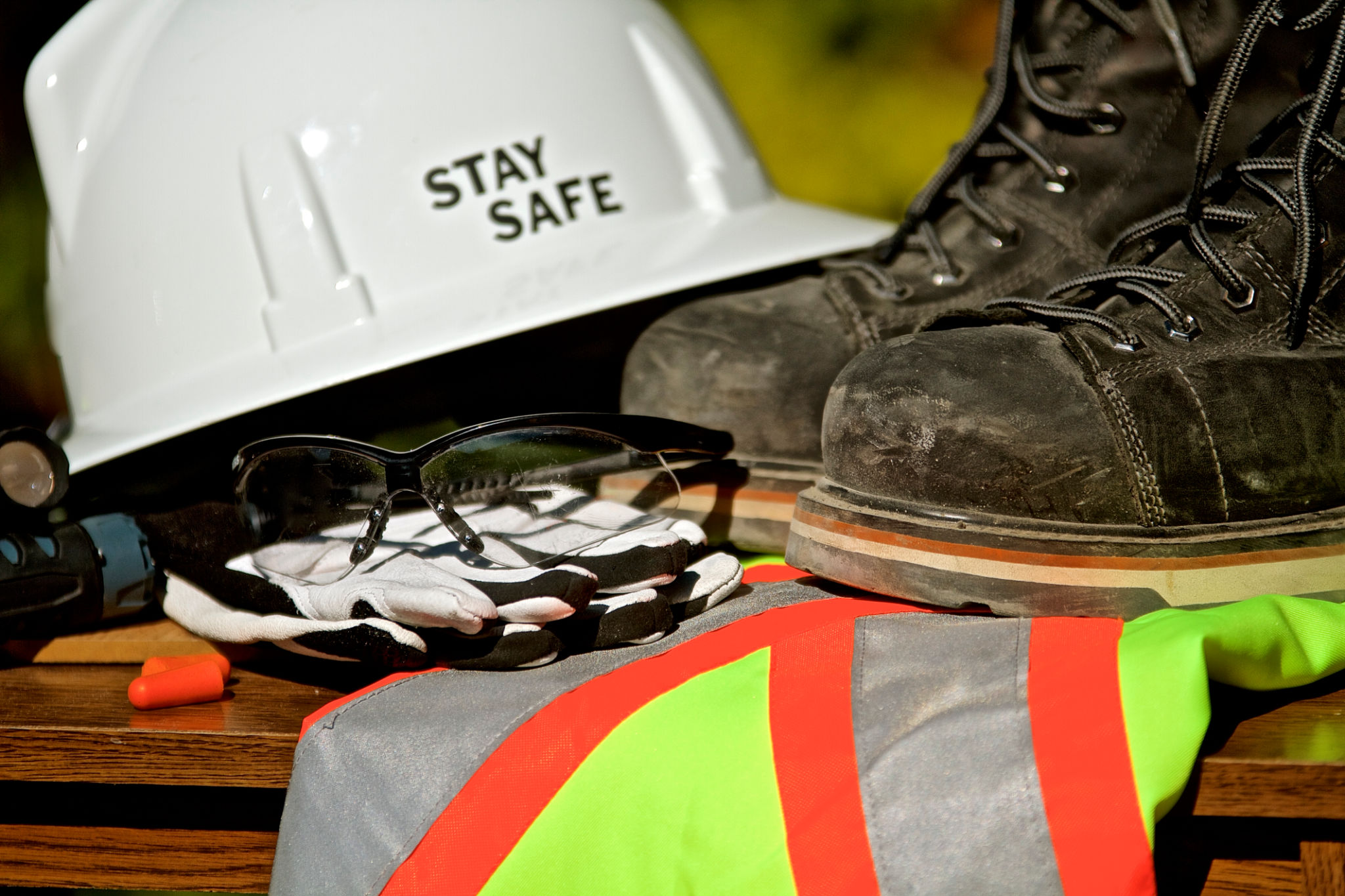How to Conduct Effective Risk Assessments in the Workplace
Understanding the Importance of Risk Assessments
Conducting effective risk assessments in the workplace is crucial for maintaining a safe and productive environment. These assessments help identify potential hazards, evaluate risks, and implement control measures to mitigate them. By systematically approaching risk assessment, organizations can prevent accidents and ensure compliance with health and safety regulations.
Risk assessments are not only about protecting employees but also about safeguarding the company’s assets and reputation. A comprehensive assessment can highlight vulnerabilities that could lead to financial losses or legal liabilities. Therefore, integrating risk assessments into regular business operations is essential for sustainable growth.

Steps to Conduct an Effective Risk Assessment
Identify Hazards
The first step in conducting a risk assessment is identifying potential hazards. A hazard is anything that may cause harm, such as chemicals, electricity, working from ladders, noise, or even stress. This step involves inspecting the workplace and consulting with employees to gather insights about possible risks. It's important to consider both immediate and long-term hazards.
Evaluate the Risks
Once hazards are identified, the next step is to evaluate the risks associated with them. This involves determining the likelihood of the hazard causing harm and the severity of the potential impact. Prioritizing risks based on their severity and likelihood helps in deciding which risks need immediate attention and which can be dealt with over time.

Implement Control Measures
After evaluating the risks, it is essential to implement control measures to reduce or eliminate them. Control measures can include engineering controls, administrative controls, safe work practices, and personal protective equipment (PPE). The hierarchy of controls suggests that eliminating the hazard is the most effective measure, followed by substitution, engineering controls, administrative controls, and finally PPE.
Monitoring and Reviewing Risk Assessments
Regular Monitoring
Risk assessments should not be a one-time activity. Regular monitoring is necessary to ensure that control measures remain effective and that no new hazards have emerged. This involves periodic inspections, feedback from employees, and keeping up with any changes in regulations or work processes that might introduce new risks.

Reviewing and Updating
Reviewing risk assessments periodically ensures they stay relevant and effective. It's important to update assessments in light of any incidents, near misses, or changes in the workplace environment. Involving employees in this process provides valuable insights and promotes a culture of safety.
In conclusion, conducting effective risk assessments requires a detailed and systematic approach. By identifying hazards, evaluating risks, implementing control measures, and continuously monitoring and reviewing, organizations can create a safer workplace for everyone involved. This proactive approach not only minimizes risks but also enhances overall efficiency and productivity.
